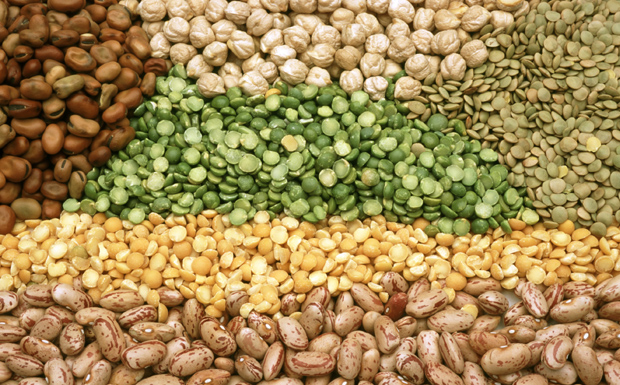
June 3, 2020
Queensland’s winter crop planting has been tipped to rise by 44 per cent in the 2020-21 season to 0.95 million hectares.
This is still below the 10-year average to 2018-19 of 1.1 million hectares.
The forecast – by Rabobank – also tips NSW’s winter-planted area to be up by 95 per cent.
In its Australian 2020-21 Winter Crop Outlook, Rabobank has forecast Australia’s crop planting will be up by 26 per cent on last season to 22.5 million hectares.
This is 12 per cent above the five-year average.
The rural financier also predicts that with forecast above-average rainfall for the growing season ahead, Australia should produce an average to above-average winter grain crop.
Much of this improvement will occur in previously-droughted cropping regions of the eastern States.
While the renewed supply of Australian grain would see prices move down from the drought-driven highs of recent years, average prices are expected to “remain in sight”, supported by an ongoing softer Australian dollar.
Export volumes – though remaining challenged by competitive global supplies and Chinese barley tariffs – will likely increase by as much as 70 per cent on last year.
This could mean Australia will export up to 17.5 million tonnes of wheat (up 110 per cent on last year), 4.5 million tonnes of barley (up 13 per cent) and two million tonnes of canola (up 17 per cent).
Rabobank believes wheat, canola and pulses will enjoy the largest increases in planting from last year, mainly driven by improved conditions in the eastern States.
Wheat planting is expected to be up by 33 per cent on last season, with canola up 35 per cent and the area planted to pulses up 36 per cent.
However, the bank forecasts Australian grain prices will move lower in 2020-21.
“Firming global wheat production expectations and a softening in demand post the COVID-19 stockpiling means we have a neutral outlook for global wheat prices over the coming 12 months,” a Rabobank spokesperson said.
The bank expects Chicago Board of Trade (CBOT) wheat to trade in the US 525-534 cent range.
However, renewed local wheat supply prospects will increasingly weigh on local prices as harvest approaches, with local prices down year-on-year.
For barley, increased supply and a competitive global feed grain market (due mainly to cheaper corn prices because of a coronavirus-driven slump in ethanol demand for fuel) means global prices will also be down this year.
The outlook for canola and pulses is somewhat better.
With Australian canola – particularly the non-GM variety – enjoying stronger pricing in recent times off the back of drought-driven low supply, increased usage in home-cooking during COVID-19 lockdowns and increased export demand, prices are expected to trend lower over the course of the year.
For pulses, lower global supply and increased demand from India and Turkey should keep chickpea and lentil prices supported in 2020, although higher Australian production will hold domestic prices in check.























